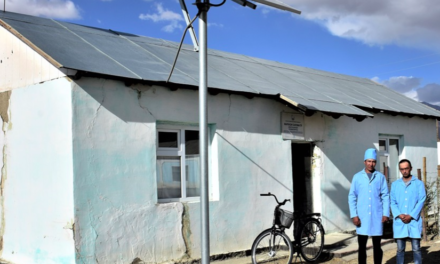A recent study published in Lancet Planetary Health suggests that using less polluting inhaled anaesthetic agents, often referred to as “greener anaesthesia,” can significantly reduce harmful emissions without compromising patient safety or surgical outcomes. According to researchers from the University of Michigan, this approach could cut emissions by 50 per cent within a year.
The healthcare sector is a notable contributor to global carbon emissions due to hospital waste, single-use plastics, transportation, and food services. Among these, inhaled anaesthetic agents account for approximately 3 per cent of hospital-related emissions. The study advocates for the replacement of conventional anaesthetic gases with greener alternatives to mitigate their environmental impact.
“Inhaled anaesthetics is a natural area to pursue reductions in emissions because, as greenhouse gases, they are so disproportionately bad for the environment,” said Douglas Colquhoun, Assistant Professor of Anaesthesiology at the Michigan Medical School. “We’ve shown that small changes in our practice lead to big changes for the environment and, importantly, no changes for the patients.”
The study assessed the carbon dioxide (CO2) equivalents produced by anaesthetic agents, along with the volume of anaesthetic used. Researchers also analyzed patient outcomes, including post-surgical nausea and vomiting, pain levels, and unintended awareness during surgery.
One of the key recommendations from the study was to minimize the use of nitrous oxide, which is 270 times more potent than CO2 in terms of environmental warming. Instead, the researchers urged providers to increase the use of sevoflurane, a less harmful ether, in place of isoflurane. These adjustments were associated with an average reduction of more than 14 kg of CO2 equivalents per surgical case.
Crucially, the study found no significant changes in patient outcomes, including the depth of anaesthesia, pain scores, or post-operative nausea and vomiting, reinforcing the feasibility of adopting greener anaesthetic practices.
Disclaimer: This article is for informational purposes only and does not constitute medical advice. Healthcare providers should consult relevant guidelines and experts before making changes to anaesthesia practices.












